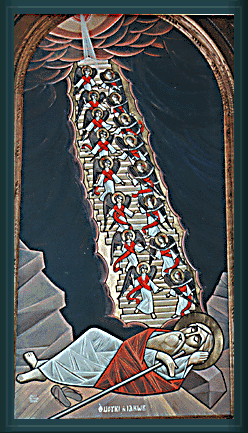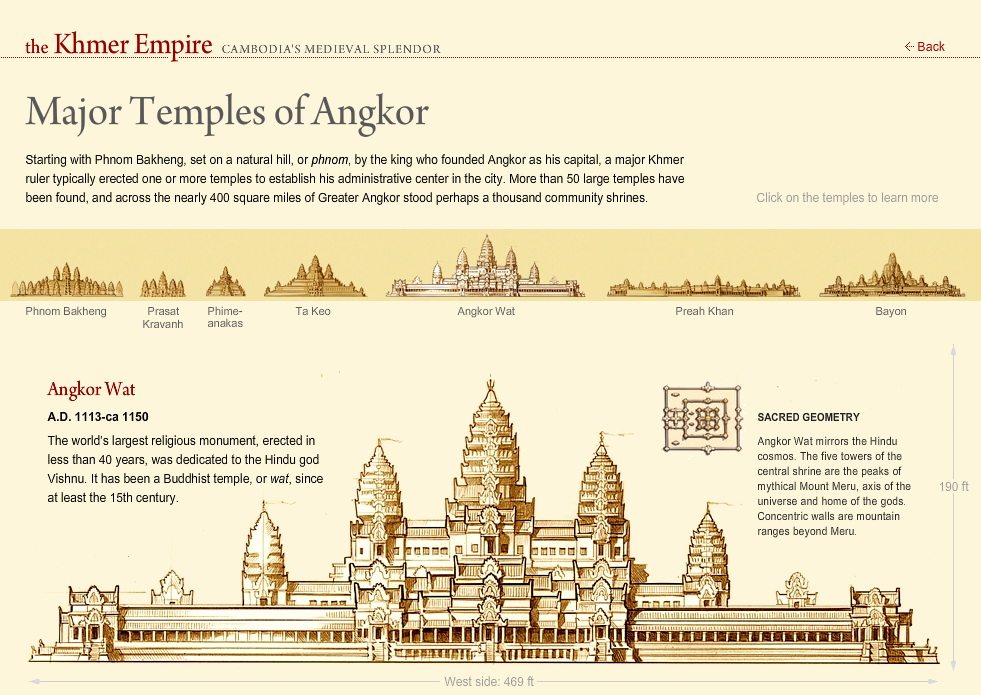All things in life are simple yet contained. If we take a step or a two back and look at the events in past/present, it can unveil a lot of things. As a kid, there were plenty of things that amused me. This mythology and metaphysics series is my own way of answering the questions that I had as a kid. Few questions were silly, few questions demanded more research, few questions better remain unasked.
- Why is the sanctum sanctorum in that particular place in the temple?
- Why did they describe Vishu as a deity who hold Lotus and not some other flower?
- Can we see Santa Claus?
- Why is it heaven always relates to something above and hell relates to something below?
In this post, I would like to try and relate Dwajasthamba, Angkor Wat, Lotus, Santa, and Plato and how they all answer the questions I had mentioned above.

Without much ado, let’s get started with the first one in the list - Dwajasthambam.

Dwajasthamba or a flag post is generally aligned in straight lines to the sanctum sanctorum. The curious thing here for me is, seeing people go around the Dwahasthamba and finding the architecture of these flag posts being common in all temples. Digging deeper on to devalaya vastu revealed some interesting facts.
- Though present age temples all have flag posts made of copper or brass, old age temples did have flag posts made of stone, with a cavity inside(we will see why soon)
- Top portion of this flag post has three horizontal perches pointing towards the sanctum
- There was a seat on which this flag was erected and most cases had an inverted lotus kind of a representation.
- Most of them had concentric circles engraved in the seat.
- The size of the Dwajasthamba and the sanctum are determined based on the height of the main deity.
- A line drawn at an angle of 22 ½ degrees from the mid-point between the brows of the idol should cut the top of the Dwajasthamba. Similar structures were seen in another school of thoughts as well:
PAGODAS

JACOB’S LADDER

EGYPTIAN DJED

Each of this architecture believed that this design represented the connection between heaven and earth.
Much to my surprise, the air shafts in Pyramid are aligned in similar angles.
With all this in mind lets now take a look at the Angkor Wat. I recently had the pleasure of reading a wonderful post on Angkor Wat in a facebook group வரலாற்றைத் தேடி..
I stumbled upon the presentation of the temple and the image below grabbed my attention.

Angor Wat is believed to be representing the five peaks of Meru. No wonder the Buddhists wanted to capture this place! But where else have we heard about Meru?!

Hindu history contains this famous story of Kṣīra Sāgara, where Devas and asuras churned the ocean to obtain nectar for immortal life. This story is sometimes related to as Fifth Veda. The churning pole used here is Mount Mandara alias Mount Meru! Mount Meru is considered to be the center of all the physical, metaphysical, and the spiritual worlds. Meru is said to have its roots in hell and extends all the way up to heaven. So this answers why heaven is above and hell is below in our imagination/interpretation. Buddhists also had this concept of Mount Meru(Sumeru).
If Meru is supposed to run alway through the earth, it might as well be considered as the central axis around which the earth revolves. But there should be some point in the land where Meru meets the physical earth. That is where we get into the Plato connection.
Plato in his works mentions about an island of Atlantis.
Once upon a time, he said, there had existed a magnificent seafaring civilization which had attempted to take over the world but had perished when its island sank into the sea – the result of an unbearable cataclysm of earthquakes and floods. This civilization had been called Atlantis, and it had heralded from the Atlantic Ocean, taking its name from the god Atlas who presided over the depths of the sea. Its main island had sunk some nine thousand years before the time of Solon, circa 9600 BC by our modern-day system of reckoning.
Plato’s description of Atlantis civilization can be visualized as:

The very reason of supporting on tortoise back was that the continents are represented as the shells of the tortoise and as they churned, the tectonic plates moved. Also, Atlantis must have been the continent that got submerged in this process of churning or geological changes. And this should be the meeting point of Meru and physical world. Atlantis was located somewhere closer to the North Pole.
Bal Gangadhar Tilak, in his book Artic home of Vedas, propounded the theory that the North Pole was the original home of Aryans during the pre-glacial period which they had to leave due to the ice deluge around 8000 B.C. and had to migrate to the Northern parts of Europe and Asia in search of lands for new settlements. In support of his theory, he presented certain Vedic hymns, passages, Vedic chronology and Vedic calendars with interpretations of the contents in detail.
The first person that comes to my mind when someone tells the North Pole is Santa Claus. If Aryans had some connections with North pole, there should be some characterization that depicts/closely relates to Santa Claus.
We did have someone and it was Kuberan. Kubera is often depicted as a dwarf, with fair complexion and a big belly. He was the Lord of Wealth. It is also said that Pushpaka Vimana belongs to Kubera and he gave it to his brother Ravana.
Santa has a similar physique and he did ride a sleigh that could fly!
Now connecting all pieces together, the Dwajasthamba represented the Mount Meru and the top of it was always the deity of that particular temple. Okay, so if there was something called Mount Meru, how does it relate to modern cosmology?!
So Lotus perfectly symbolized this whole concept of Mount Meru, Earth, and Atlantis.

Simply put, visualize it as a Wormhole!
In other words, visualize this whole concept of Meru by overlaying it on the particle accelerator!